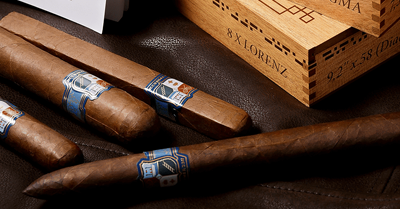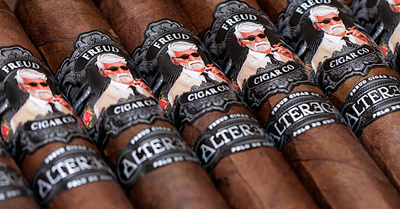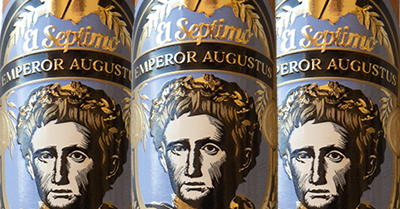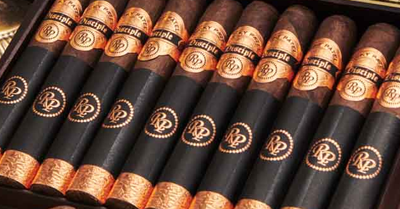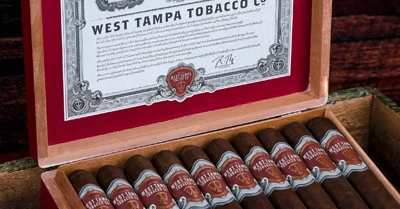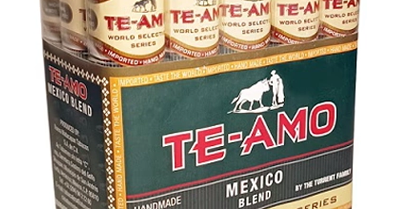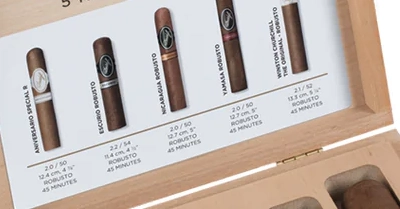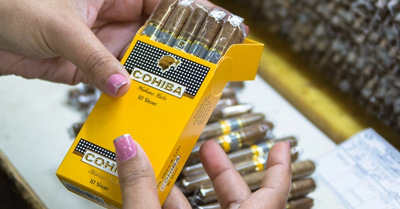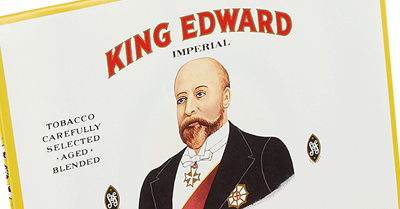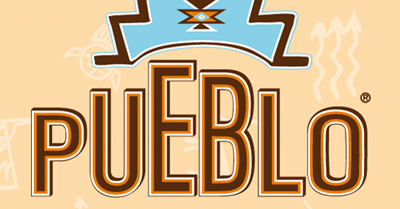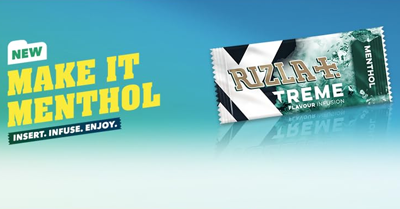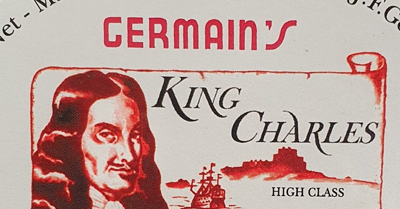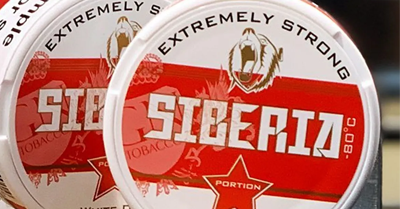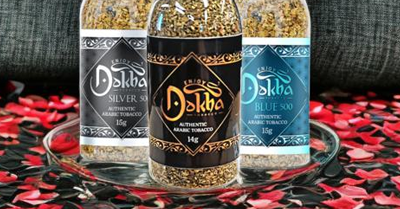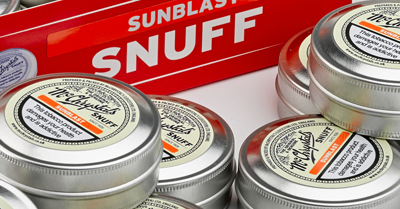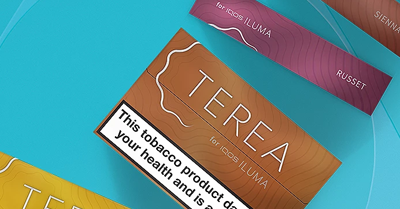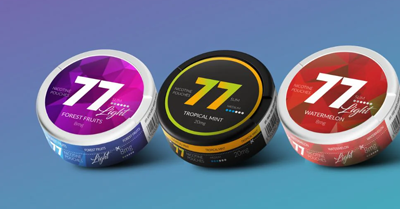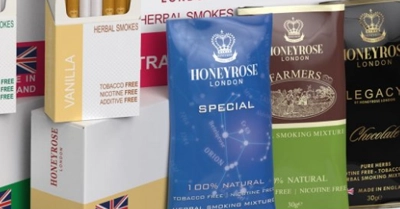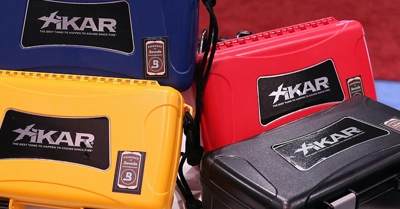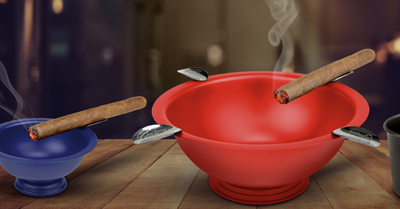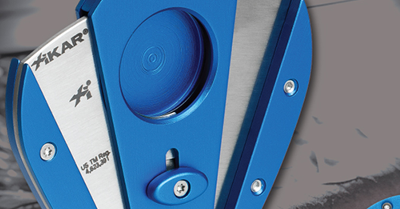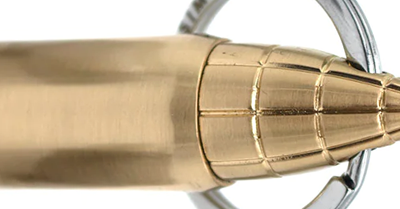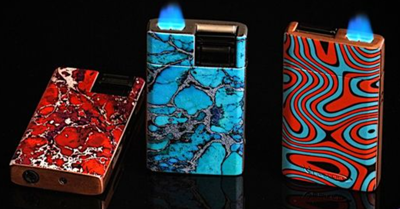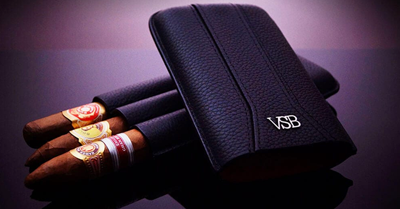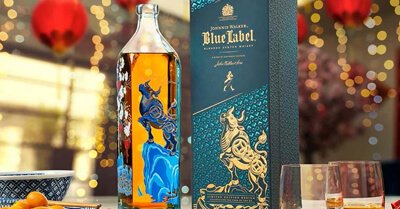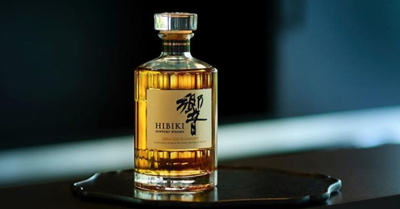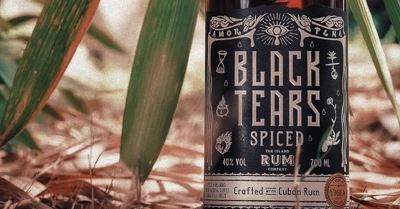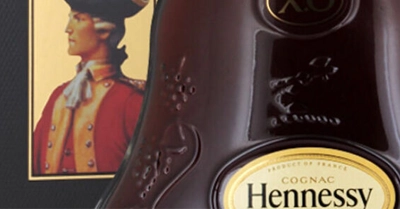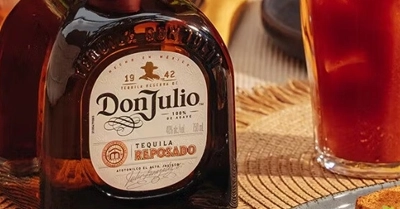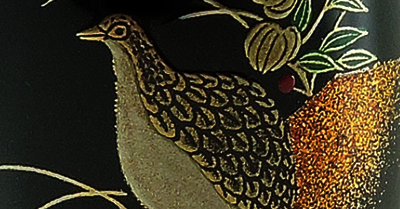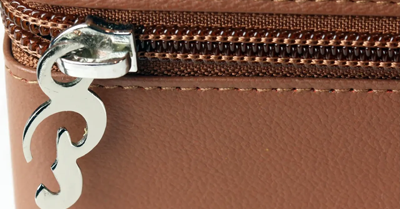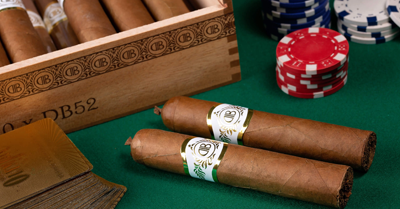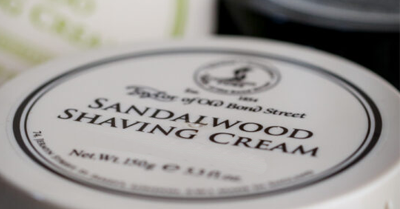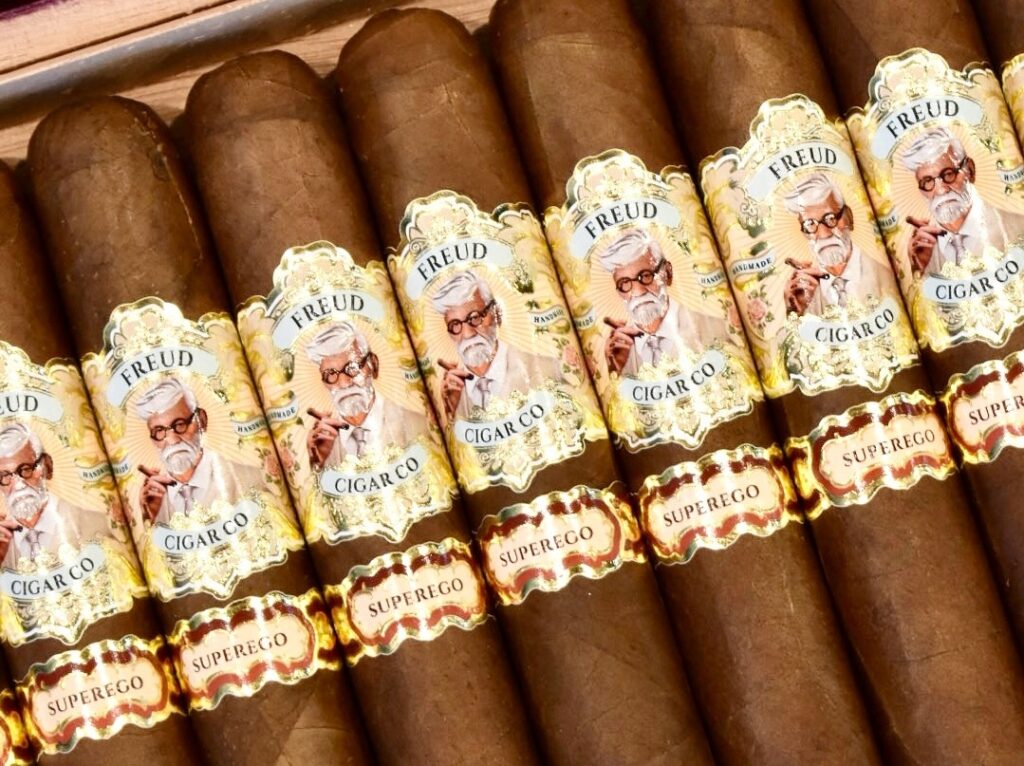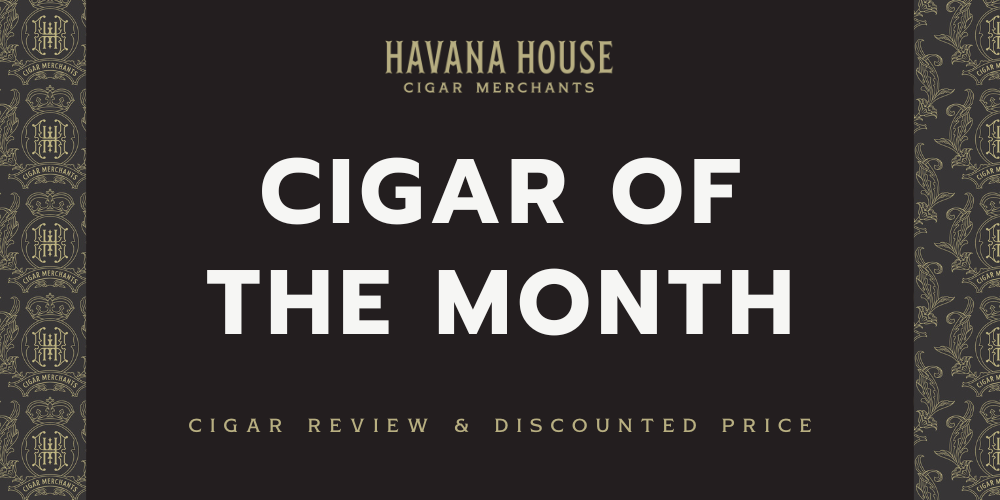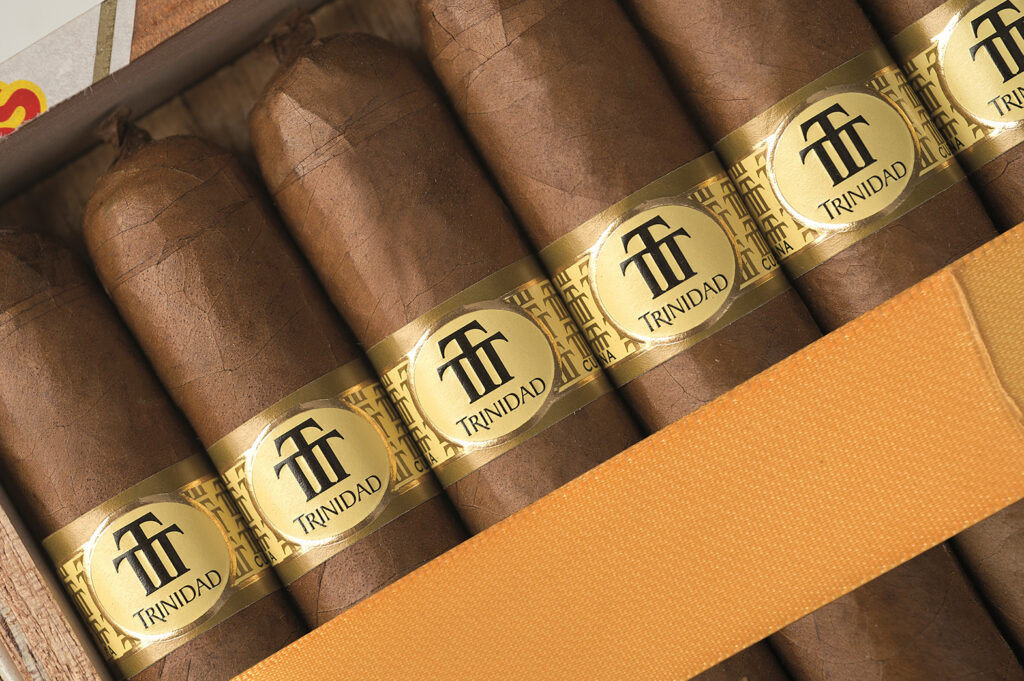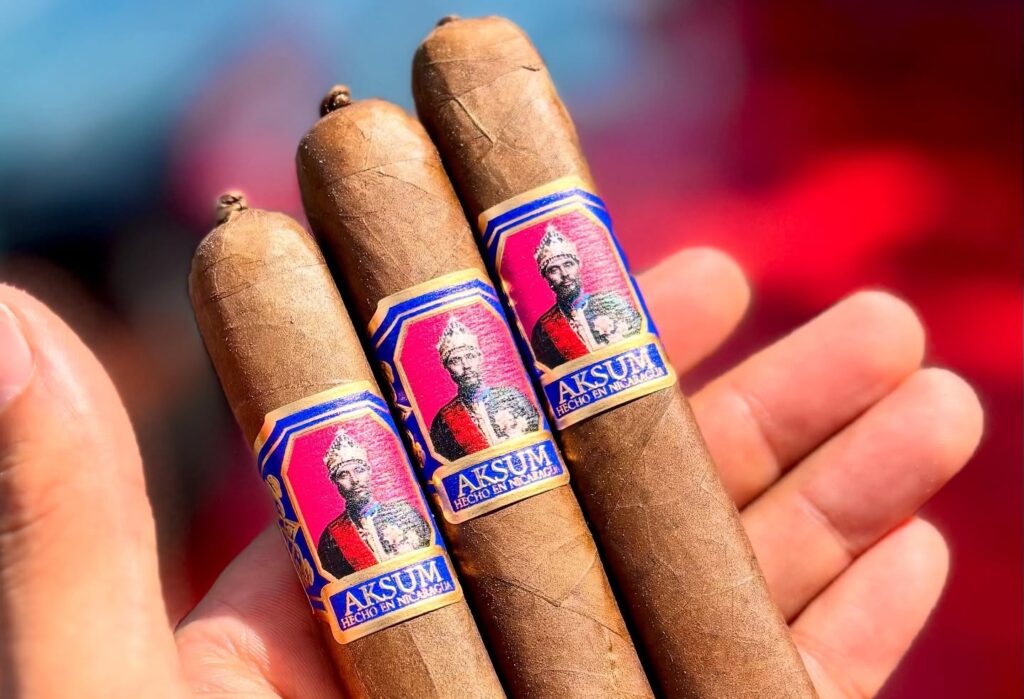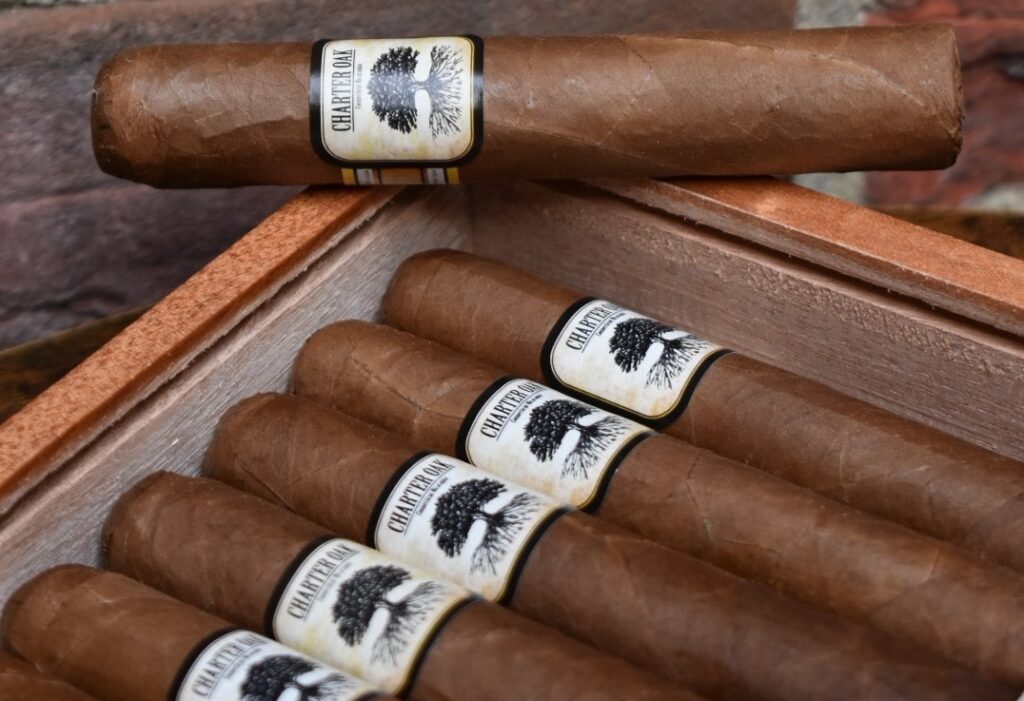When it comes to selecting the perfect cigar, the wrapper plays a crucial role in the overall smoking experience. Among the wide array of wrapper types, the Colorado wrapper stands out for its distinctive appearance and balanced flavour profile.
Neither too light nor too dark, Colorado wrappers offer a harmonious blend of strength and smoothness, making them a favourite among both novice smokers and seasoned aficionados. Their rich, reddish-brown hue and complex taste notes of cedar, spice, and earthiness create a versatile smoking experience that appeals to a wide range of palates.
In this guide, we’ll delve into everything you need to know about Colorado cigar wrappers, from their unique colour and taste to the meticulous process of growing, harvesting, and curing the tobacco.
Whether you’re new to cigars or looking to expand your knowledge, understanding the characteristics of Colorado wrappers will help you appreciate the craftsmanship behind some of the world’s most beloved cigars.
READ NEXT: Different Cigar Wrapper Types
What is a Colorado Wrapper?
A Colorado wrapper refers to a specific type of cigar wrapper leaf characterised by its distinct colour and balanced flavour profile. The term “Colorado” doesn’t relate to the U.S. state, but instead refers to the leaf’s hue within the cigar industry’s colour classification system.
Colorado wrappers fall in the middle of the colour spectrum, representing a perfect balance between lighter, milder wrappers and darker, more robust ones. They are often prized by cigar aficionados for offering a harmonious blend of strength, flavour, and aroma.
What Colour is a Colorado Wrapper?
The colour of a Colorado wrapper is a rich, reddish-brown, resembling the hue of polished mahogany or chestnut. It sits between the lighter Claro and the darker Maduro shades.
This reddish tint can vary slightly depending on the tobacco’s origin and curing process but generally maintains a warm, inviting tone. The appealing colour not only adds to the visual allure of the cigar but often hints at the balanced flavours within.
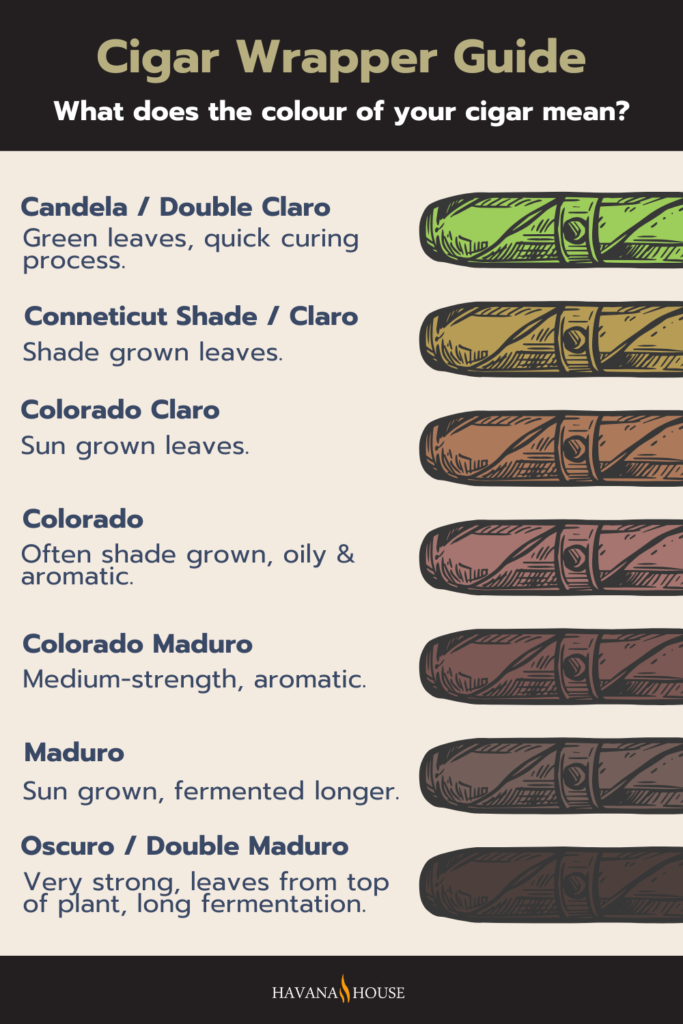
How Do Colorado Wrappers Taste?
Colorado wrappers offer a well-rounded flavour profile that balances sweetness, spice, and earthiness. Smokers often note subtle notes of cedar, nuts, and a gentle peppery finish.
Unlike the milder Claro wrappers or the bold Maduro varieties, Colorado wrappers strike a middle ground, providing a medium-bodied smoke that appeals to both novice and seasoned cigar enthusiasts. The complexity of the flavours allows for a nuanced smoking experience without overwhelming the palate.
What is Colorado Claro?
Colorado Claro is a variation of the standard Colorado wrapper, distinguished by its slightly lighter, reddish-tan hue. It sits between the Claro and Colorado shades on the cigar colour spectrum, offering a milder, more nuanced smoking experience compared to darker wrappers.
The flavour profile of Colorado Claro cigars tends to be smooth and creamy with subtle hints of cedar, nuts, and mild spice, making them an excellent choice for those who enjoy a medium-bodied cigar with a touch of complexity. The lighter colour is typically achieved through careful shade-growing techniques and precise fermentation processes.
What is Colorado Maduro?
Colorado Maduro is a darker variation of the Colorado wrapper, combining the rich, reddish undertones of Colorado with the deep, oily appearance typical of Maduro wrappers.
This hybrid colour results in a fuller-bodied cigar that offers a more robust flavour profile, often featuring notes of dark chocolate, coffee, and earthy spices, balanced by a slight natural sweetness.
The tobacco used for Colorado Maduro wrappers undergoes longer fermentation and ageing processes, which enhance its depth and complexity. These cigars appeal to smokers looking for a rich, satisfying experience without the overpowering strength of traditional Maduro cigars.
What Tobacco is Used for Colorado Wrappers?
Colorado is more a descriptor of colour rather than a specific type of tobacco. Various tobacco types can be used to create Colorado wrappers, but they are typically sourced from high-quality, carefully cultivated leaves known for their aesthetic appeal and flavour.
Popular varieties include Cuban-seed tobacco grown in regions like Nicaragua, Honduras, and the Dominican Republic. The exact type of tobacco used can influence the specific flavour notes, but all Colorado wrappers share the signature balanced profile and reddish-brown appearance.
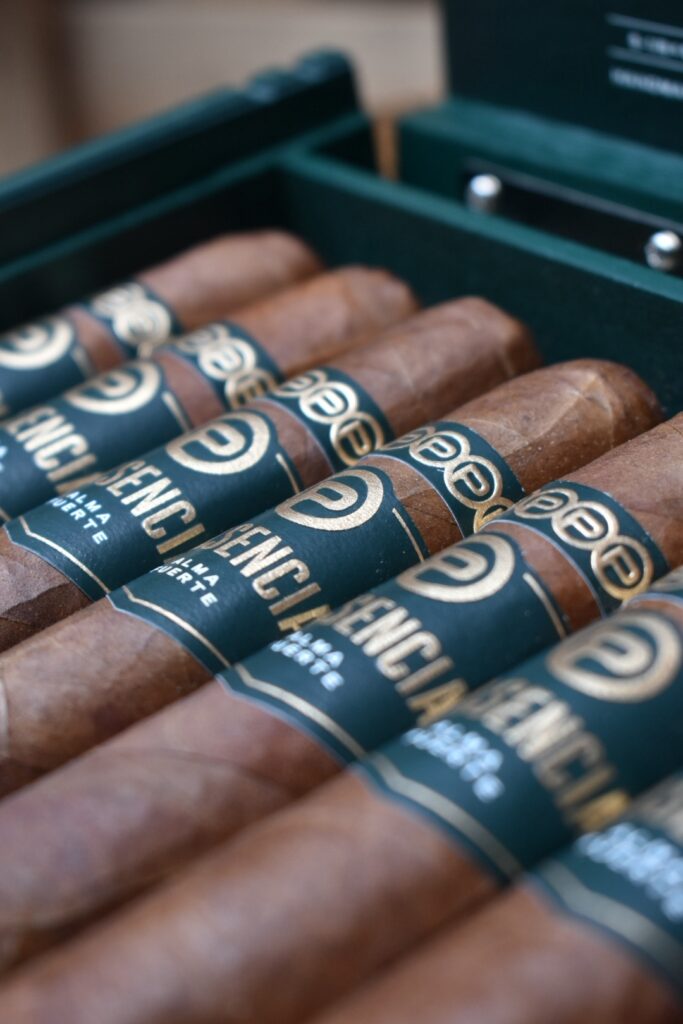
Where is Colorado Wrapper Tobacco Grown?
Colorado wrapper tobacco is predominantly grown in the rich, fertile soils of Central America and the Caribbean. Countries like Nicaragua, Honduras, and the Dominican Republic are renowned for producing high-quality wrapper leaves suitable for Colorado classification.
The specific microclimates in these regions, combined with traditional farming methods, contribute to the unique characteristics of Colorado wrappers. Some premium versions are also cultivated in Ecuador, where cloud cover naturally filters sunlight, resulting in smoother, more elastic leaves.
How is Colorado Wrapper Tobacco Grown?
Tobacco destined for Colorado wrappers is typically grown under controlled conditions to ensure consistency in colour and texture.
Depending on the desired leaf characteristics, farmers may use shade-grown techniques, where tobacco plants are cultivated under large cloth canopies that diffuse sunlight, leading to thinner, more delicate leaves with a finer texture.
The soil composition, climate, and meticulous care during the growing season all play crucial roles in achieving the desired balance of colour and flavour.
How are Colorado Wrapper Leaves Harvested?
Harvesting Colorado wrapper leaves is a labour-intensive process that demands precision and timing. Leaves are picked by hand, usually from the middle section of the tobacco plant where they receive the ideal amount of sunlight and nutrients for the desired colour and flavour.
Harvesting is done in stages, ensuring that only the ripest leaves are selected at the optimal time. Care is taken to avoid damaging the leaves, as the wrapper is the most visible and delicate part of the cigar.
How are Colorado Wrapper Leaves Processed?
After harvesting, Colorado wrapper leaves undergo a multi-stage curing and fermentation process to develop their rich colour and balanced flavours.
Initially, the leaves are air-cured in barns, allowing them to dry slowly while maintaining their natural oils. This is followed by fermentation, where the leaves are stacked in piles and allowed to heat naturally, releasing ammonia and other impurities.
The fermentation process is closely monitored to prevent over-fermentation, which could darken the leaves too much. Finally, the leaves are aged for several months or even years to further refine their texture and flavour.
Examples of Cigars That Use Colorado Wrapper Leaves
Several well-known cigars feature Colorado wrappers, appealing to smokers who enjoy a balanced, medium-bodied experience.
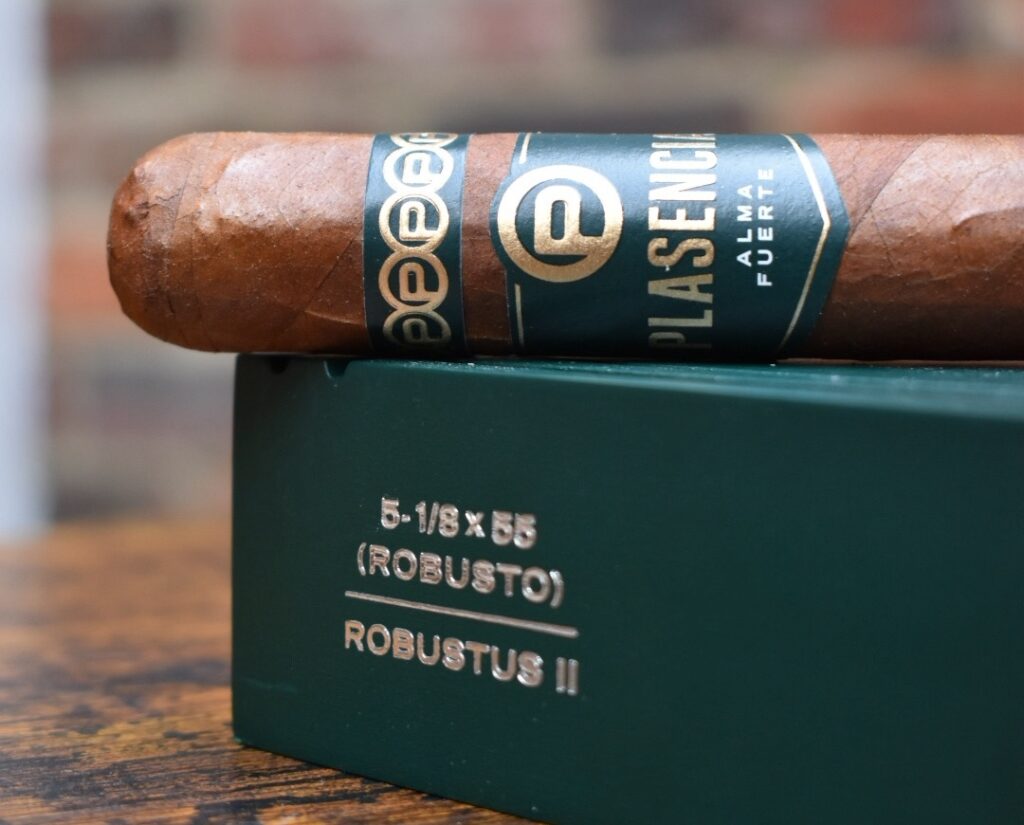
Plasencia Alma Fuerte Colorado Claro Robustus II Cigar
The Plasencia Alma Fuerte Colorado Claro Robustus II Cigar features a Colorado Claro wrapper which has been aged for 10 years. It is a 5 ⅛ x 55 Robusto format and is the first vitola in their line that is round, rather than box pressed.
Freud Agape Super Robusto Limited Edition Cigar
The Freud Agape Super Robusto Limited Edition Cigar is made from seven different types of tobacco, including its silky smooth, dark chocolatey Colorado Maduro wrapper.
The Colorado Maduro wrapper, Dominican binder leaf and five filler tobaccos are rolled and then aged for eight months to allow the aromas to marry. This carefully curated blend creates a medium-bodied smoking indulgence with its rich creamy profile and pleasant notes of floral, cocoa and spice.
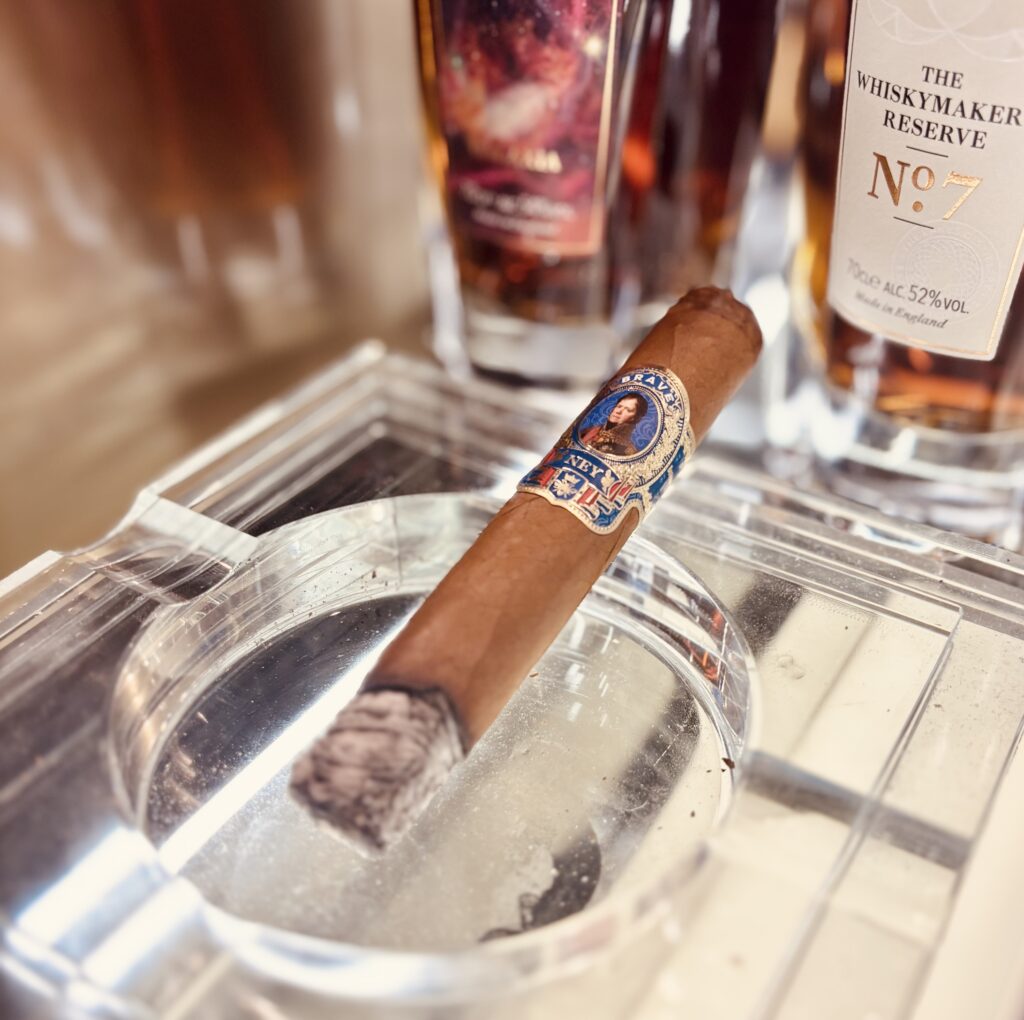
Casdagli Brothers of the Sabre Brave Robusto Cigar
The Casdagli Brothers of the Sabre Brave Robusto Cigar features a Colorado Claro wrapper from Ecuador. It offers a subtly creamy and nutty flavour, sweet aromas and a mild-medium-bodied strength. It is a 5″ x 50 Robusto format.
Take a look at our other Cigar Wrapper Guides to discover more about the different types of cigar wrapper leaves available to try!


